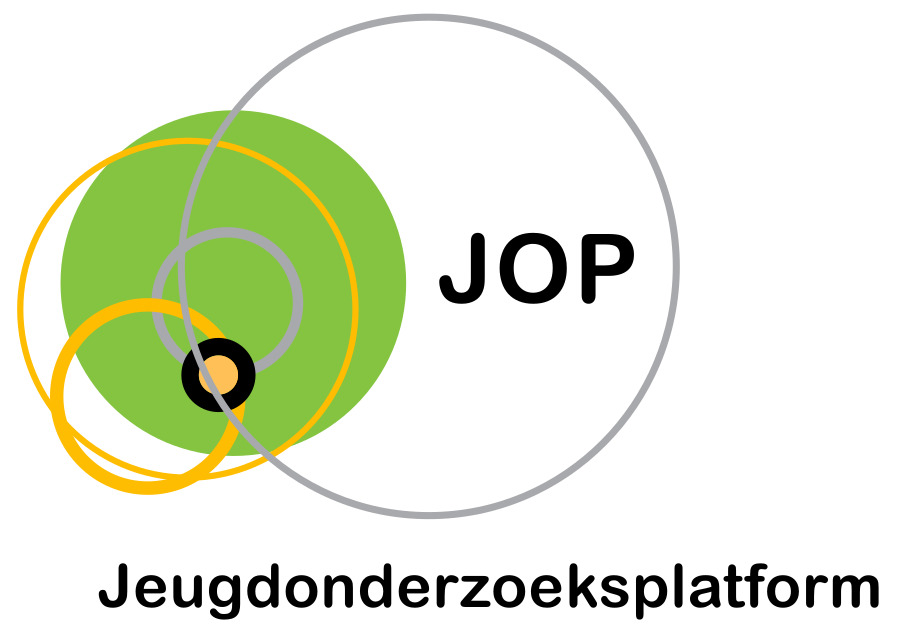The digital harms scale for adolescents : exploring perceptions of time displacement, interference, boundary blurring and exposure effects
Auteurs
Cocchi, A., Vanden Abeele, M., Martens, M., De Wever, B., & Koster, E. (2024)

Abstract
Digitale technologie is alomtegenwoordig en biedt talloze mogelijkheden voor communicatie, educatie en ontspanning. Tegelijk bestaan er zorgen over de mogelijke negatieve gevolgen, zeker bij tieners, die tot de meest actieve onlinegebruikers behoren. Hoewel er veel onderzoek is naar de impact van digitale media op het welzijn van jongeren, blijven de resultaten tot nu toe onduidelijk. Dit onderzoek speelt in op de vraag om meer aandacht te hebben voor hoe jongeren zélf digitale schade ervaren in het dagelijks leven.Het ontwikkelt een meetschaal – de Digital Harms Scale – om zes soorten digitale schade bij jongeren in kaart te brengen: vervaging van grenzen, verstoring, tijdsverdringing, blootstelling aan inhoud, interacties en platformfuncties. Daarnaast onderzoekt het onderzoek hoe sociodemografische kenmerken (zoals leeftijd, gender en opleidingsniveau), digitaal gedrag en strategieën van digitale ontkoppeling samenhangen met deze percepties van schade.De gegevens worden verzameld bij Vlaamse jongeren van 12 tot 19 jaar, met een beoogde steekproef van 1000 deelnemers. De resultaten worden geanalyseerd via Confirmatory Factor Analysis (CFA) en mixed-effects modellen. Dit onderzoek draagt bij aan een meer genuanceerd begrip van digitale schade bij jongeren, waarbij die schade niet als één fenomeen wordt beschouwd, maar als verschillende, onderling verbonden vormen van impact die afhangen van wie de jongere is en hoe hij/zij technologie gebruikt.
Digital technology, omnipresent in modern society, offers unprecedented opportunities for communication, education, and entertainment. However, concerns about potential adverse consequences have arisen with its widespread adoption [1, 2]. Teenagers, being the most engaged age group online [3], are particularly viewed as susceptible to these potential consequences [4, 5]. Yet, despite ample research on the impact of digital technology on adolescent health and well-being, the overall evidence remains inconclusive regarding whether it predominantly benefits or harms them [6, 7]. leading to a call for greater consideration of how adolescents themselves evaluate their experiences with digital media in everyday life [8]. This study responds to this call by presenting a scale for measuring adolescents’ perceptions of these harms and examining their association with sociodemographic and behavioural factors. This study contributes to existing research through four key points. Firstly, existing literature often examines the potential problematic aspects of digital media through a psychopathology lens [9], overlooking that most teenagers are not clinically addicted, yet may still experience various harms in relation to their digital media use. Research seldomly explores teenagers’ subjective experiences with these digital harms, despite recent findings highlighting their significance [10, 11]. This study’s first goal is thus to examine how teenagers perceive six harms resulting from digital media use in their everyday life, namely harms resulting from boundary blurring, interference, time displacement, exposure to content, exposure to interactions, and exposure to features. Secondly, sociodemographic predictors as age, level of education, and gender [12–14] are underscored in relation to digital media. As Valkenburg & Peter’s [15] Differential Susceptibility to Media Effects Model (DSMM) posits, the harms that adolescents experience from using digital media could depend on these dispositional characteristics. Hence, our study’s second objective is to investigate the association between specific demographic variables and the perceived harms of digital media usage. Thirdly, another aspect that media effects depend on, according to the DSMM framework, is the individual usage patterns. Several authors demonstrated how the harm of digital tools depends on how people make use of them [16]. Therefore, the third objective of this study is to investigate the relation between the six types of digital harm and digital behaviour. Fourthly, it is important to note that adolescents might already recognize some negative impact of digital media on their lives, autonomously adopting strategies to disengage from adverse consequences [17]. A prevalent strategy involves disconnecting from digital platforms [18, 19]. Considering the ongoing debate on the efficacy of digital disconnection [20], the fourth objective of this paper is to elucidate the role of such strategies in mitigating adolescents’ perceptions of digital media harms. To reach the above objectives, we constructed a Digital Harms scale, capturing adolescents’ experiences of six digital media harms. Our data collection, conducted online, targets Flemish teenagers aged 12 to 19 and began in mid-October 2023. To date, 293 students have participated, but with the ongoing data collection we target a sample of 1000 students. To address the study objectives, Confirmatory Factor Analysis (CFA) using Structural Equation Modeling (SEM) will be employed to validate the robustness and reliability of the Digital Harms scale. Furthermore, mixed-effects models, accounting for nesting in classrooms and schools, will be used to explore how demographics, self-reported digital behaviour, and disconnection strategies relate to adolescents’ perceptions of the identified digital media harms. This research attempts to contribute to a more comprehensive understanding of the interplay between digital technology use and adolescents’ individual well-being. Specifically, this research mainly serves to gain a new perspective on digital media harms, considering as separate yet interconnected phenomena occurring simultaneously and in varying degrees based on sociodemographic and usage characteristics.
Referentie
|
Cocchi, A., Vanden Abeele, M., Martens, M., De Wever, B., & Koster, E. (2024). The digital harms scale for adolescents : exploring perceptions of time displacement, interference, boundary blurring and exposure effects. Etmaal van de Communicatiewetenschap 2024, Abstracts. Presented at the Etmaal van de Communicatiewetenschap 2024 : Responsible Communication, Rotterdam, the Netherlands. |
Taal
Engels
Publicatievorm
Conference proceeding
ISBN – DOI
Trefwoorden
adolescenten, media-effecten, digitale vermoeidheid, tijdsverplaatsing, interferentie, grensvervaging, negatieve sociale vergelijking, digitale ontkoppeling
